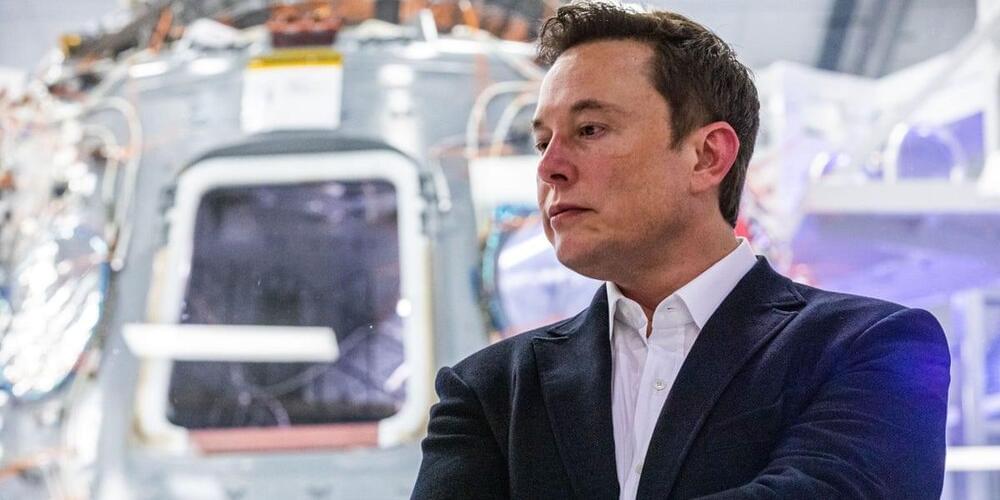SpaceX Starlink satellites twice approached the Chinese Space Station (CSS) in orbit, prompting China to warn of “close contacts” with Elon Musk’s space program.
Both the July 1 and October 21 incidents prompted the Chinese spacecraft to perform collision avoidance maneuvers. The Chinese team told the UN secretary-general in a diplomatic statement they provided earlier this month that on both occasions there were crew members on board, “which might represent a hazard to the lives or health of astronauts.”
Since its launch on April 29, the CSS “Tiangong” has maintained a nearly circular orbit at a height of around 390 kilometers with an orbital inclination of about 41.5 degrees.







